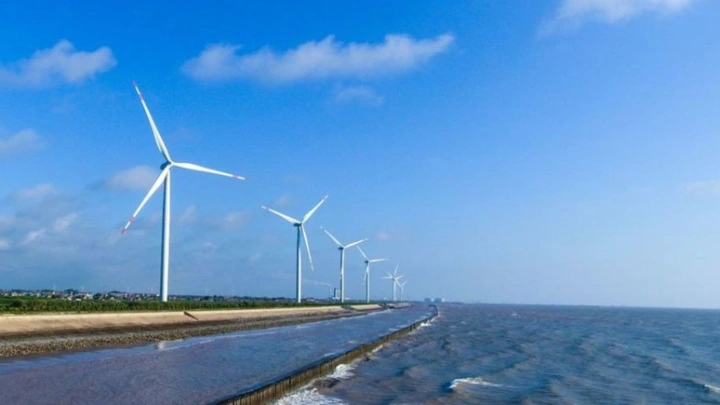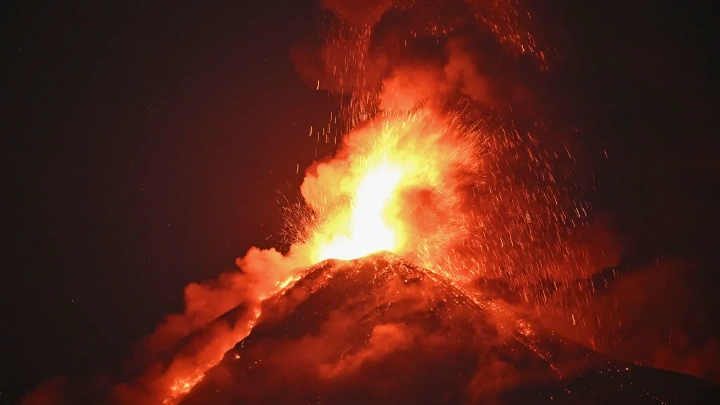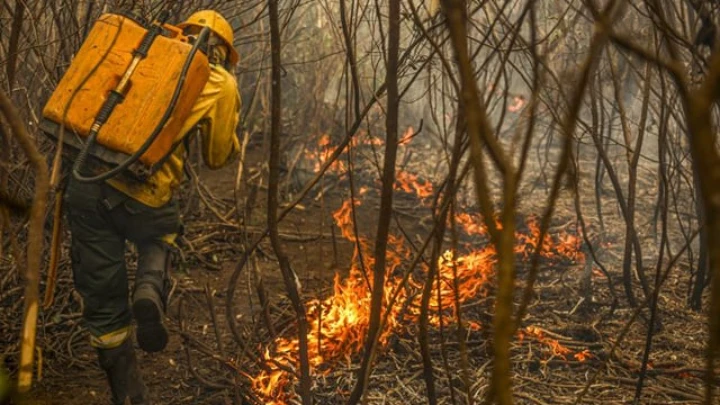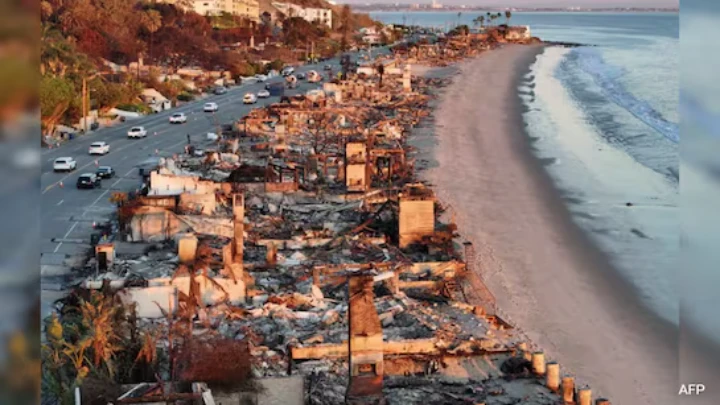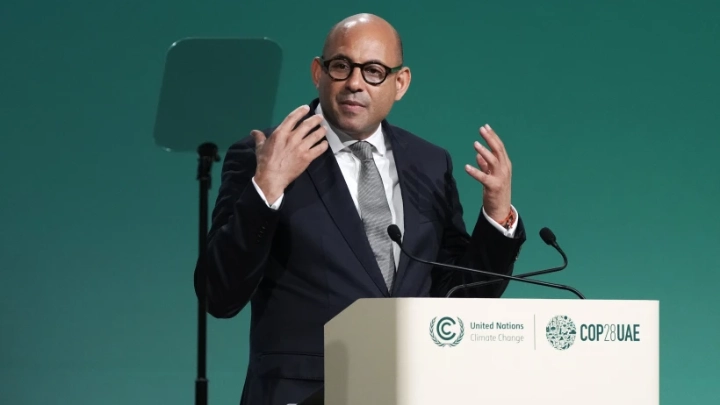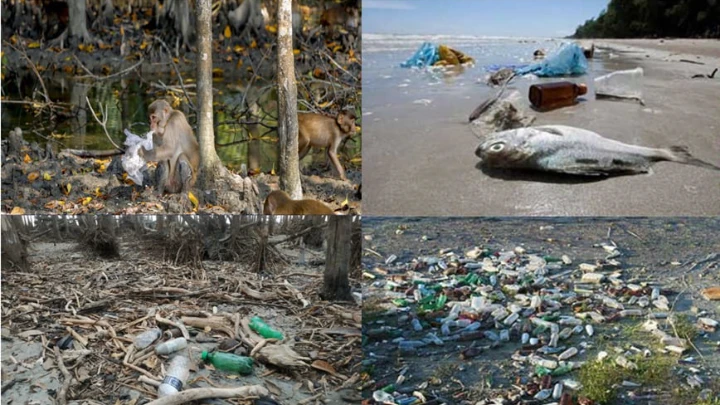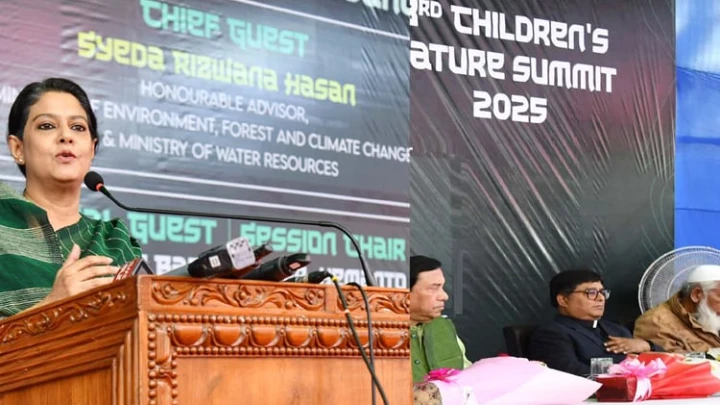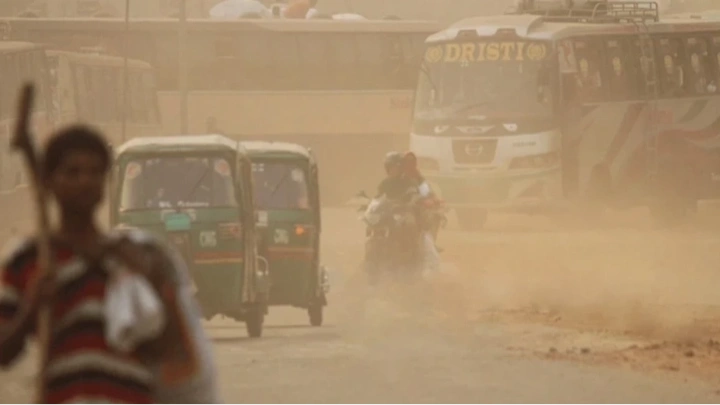Renewable energy can truly change the landscape: IRENA
DailySun || Shining BD
Renewable energy, if supported by governments, can “truly change the landscape” in terms of achieving equitable access to affordable and clean energy, but only if those governments can move from “commitment to action,” according to the Director-General of the International Renewable Energy Agency (IRENA).
Renewable energy is generally defined as any energy source that is continuously replenished. It includes solar and wind power as well as bioenergy (organic matter burned as fuel) and hydroelectric power.
IRENA Director-General Francesco La Camera spoke to UN News ahead of a special meeting on transitioning to sustainable sources of energy which is taking place at the United Nations in New York as part of the first-ever Sustainability Week.
Ensuring access to affordable, reliable, sustainable and modern energy for all people wherever they are in the world, is the aim of Sustainable Development Goal 7.
Francesco La Camera said there are no difficulties in persuading governments to adopt renewable energy, but from the commitments to the action, there is always something lagging.
“What is important in relation to the countries, with our members, is to support them in finding the right way to translate commitment into action. I think this is the challenge we have to face: how can we move to tripling renewable installation capacity by 2030? Now what is at stake is how we can really achieve this goal.”
Mentioning that all the countries have made commitments, he said, “We have to rewrite the way international corporation works. In this respect, all different entities involved must make an effort.
“For example, at IRENA, we have been working with President William Ruto of Kenya to forge a partnership to accelerate the renewable energy deployment in Africa.”
This initiative, ‘Accelerated Partnership for Renewables in Africa’ (APRA), was launched during the first Africa Climate Summit in Nairobi last year and a joint statement was signed by leaders of APRA at COP 28 to drive the renewable energy transition as a strategic solution to energy access, security, and green growth in Africa.
“We now have seven African countries, including Kenya as well as developed countries such as Denmark, Germany, the US and we also have the UAE involved. This is an example of how we are trying to rewrite the landscape of international cooperation. We are building the plan and supporting these countries in creating their own plans for fostering renewables. Together we transform to a new international cooperation mechanism to turn their plans into reality,” the IRENA director-general said.
Francesco La Camera said the developed world has to change the system. But the developing countries can leap forward and transition directly to a new energy system as there are lack of real energy systems. The main difference lies in the status of the energy system in these different parts of the world, which is reflected largely in the existing inequality.
The other aspect is that the developed countries may have the tools, instruments, and financial resources to drive the changes.
The developing world needs support in many aspects. Countries require financial and technological support, to exchange experiences and technology. These are barriers that need to be overcome today to speed up the transition, especially in Africa.
In this respect, Africa is probably the most important powerhouse in the world for renewable energy and green hydrogen [a clean and renewable energy carrier]. But Africa lacks the infrastructure to make this potential beneficial to its people, which would also benefit the world. Infrastructure such as ports, pipelines, and civil infrastructure are decisive and crucial.
About the critical role of renewable energy in achieving Sustainable Development Goal 7 by 2030, Francesco La Camera said, “One example that impressed me was Mauritius, where our support for the solar panel installation in private houses, private buildings and public buildings has been truly transforming the landscape, giving a big impulse for achieving SDG 7.”
To speed up the transition, he said, “We need to overcome some structural barriers that exist today. Infrastructure is the first barrier to overcome. Without efficient electricity, and without providing storage interconnectivity, flexibility, balancing of the grids, we cannot progress. Modernising and building infrastructure where absent is the top priority.
“There are also the problems linking to the existing legal framework. The market is still designed in a way that does not favour the deployment of renewables. There are still a lot of subsidies for fossil fuel projects which I think should be tackled immediately.”
Additionally, power purchase agreements are designed in a way that discourages renewable energy development. Market pricing mechanisms often do not support renewables, because renewables need long-term contracts for stability and security in the electricity provided and the cost to be paid, he said.
“Finally, we need skilled professionals and skillful workforce to be deployed on the ground,” the director-general said, adding, “We have to overcome these three barriers, if we truly want the energy system to accelerate the transition from fossil fuels, as called for at COP28 in Dubai a few months ago.”
Top of form, he said, “We are striving to be more efficient in all our choices, but what is more important is the legal environment where everyone feels compelled to take action. We cannot only call for the moral imperatives, the society also makes an easier and simpler environment for people to make the right choices, in terms of efficiency and energy conservation.”
Shining BD

